A LOOK BACK AT THE INTERNATIONAL POSTAL MARKET
Today, the Universal Postal Union (UPU), part of the United Nations, sets the rules for the exchange of international parcels and letters, and formulates recommendations.
International letter post is initially segmented into three formats: P (Small), G (Large) and E (Bulky). It is distributed according to three levels of service: Economical (ship), SAL (Service Air Lifted: air transport to arrive at the closest point of entry in the country and then road transport), Priority (air transport to the closest point of entry).
"WITH IMX, THE RULES AND RATES FOR SENDING INTERNATIONAL MAIL AND PARCELS ARE NO LONGER A MYSTERY."
INTERNATIONAL POSTAL SERVICE PAYMENT SYSTEM:
“TERMINAL DUES”
Postal service payment when sending parcels and letters internationally is constantly evolving and it structures how the international postal market works. Different systems have followed on from one another. In Europe, several postal services signed the Reims agreements from 1996. Rates are based on a price per kg but the unit price takes format into account to better reflect the real cost of distribution.
However, the fact that some postal services have not signed the Reims agreements and that others have put new agreements into place (Interconnect) complicates the matter of understanding these payment systems.
With the market opening up to competition and private operators gaining access to distribution networks, things have changed.
The European Union’s request to liberalize and regulate the postal market has gradually allowed new operators to access cross-border distribution networks previously reserved for the government-appointed operator of each country, within the UPU framework.
At European level, from 1997, an initial European Directive published the provisional schedule for opening the postal market to competition. In France, the market was fully opened on January 1, 2011 at a time when the postal market was in decline and which meant a real competitive environment did not develop.
Today, there are three ways to access countries’ distribution networks:
- Direct injection: mail transportation similar to domestic mail
- Remail: mail goes via a postal operator in another country before arriving in the country of destination
- Direct access to terminal dues: the shipping of parcels and letters to another country falls under the international regime of terminal dues
 English
English Français
Français Deutsch
Deutsch
